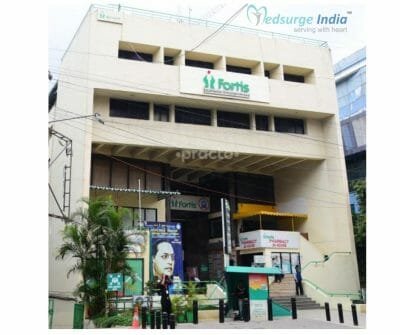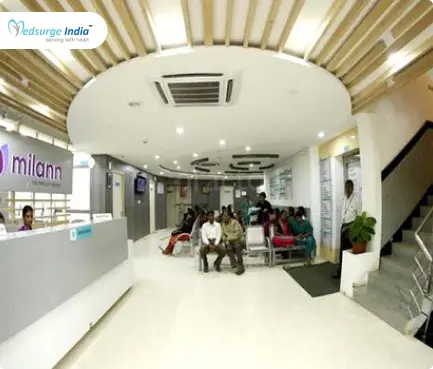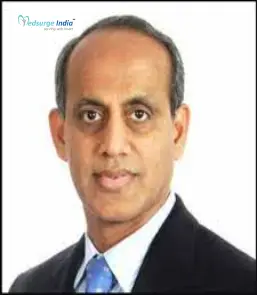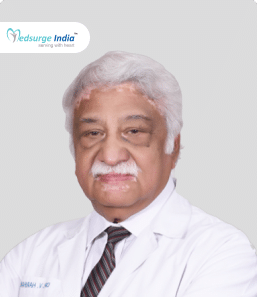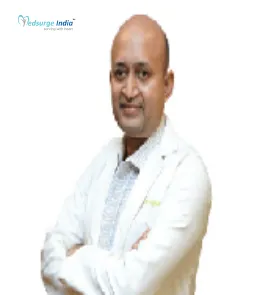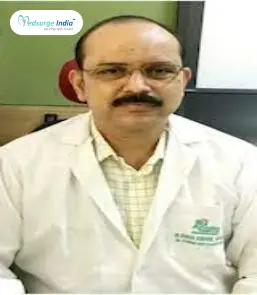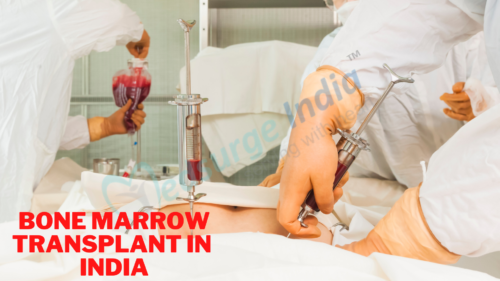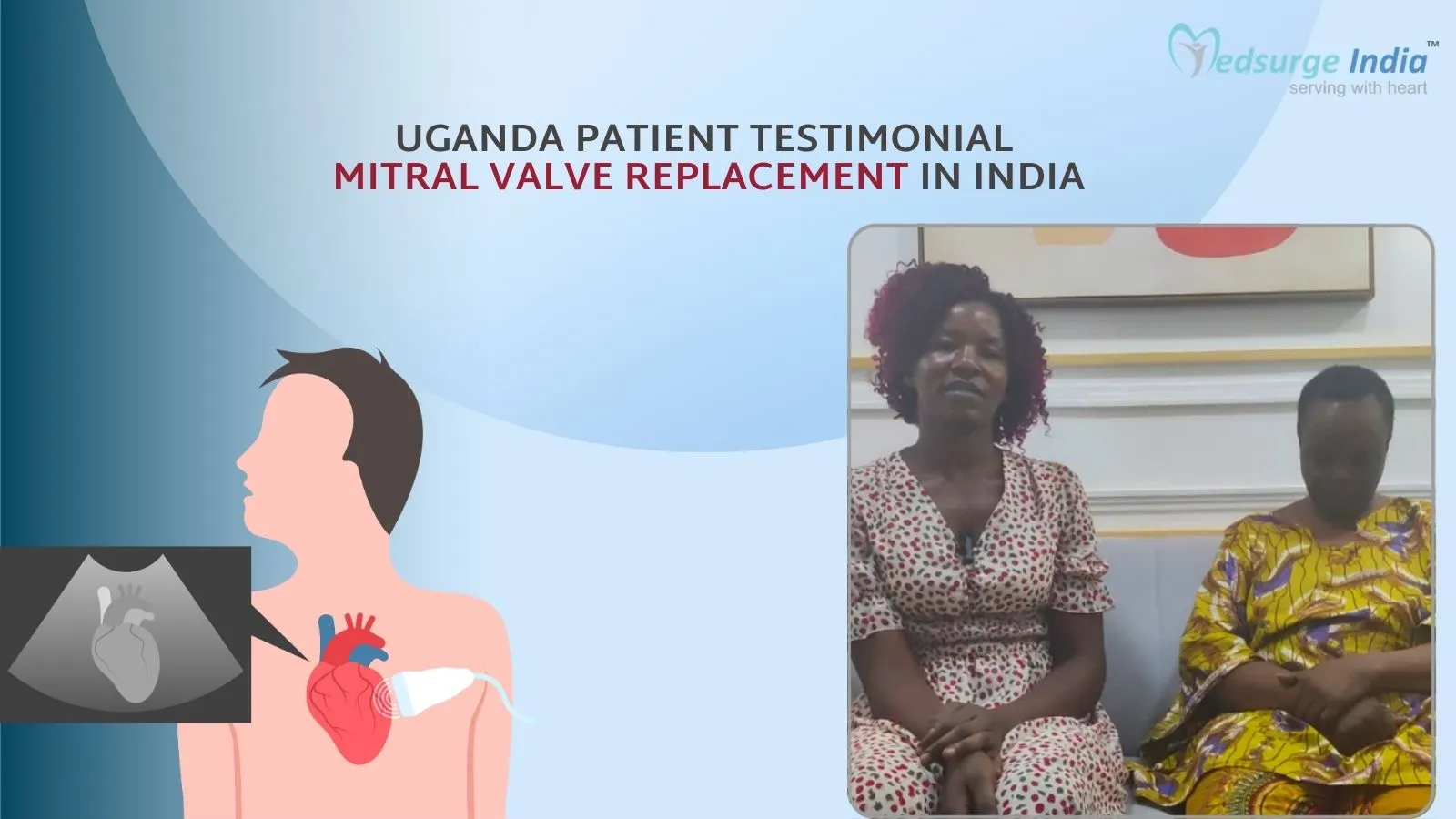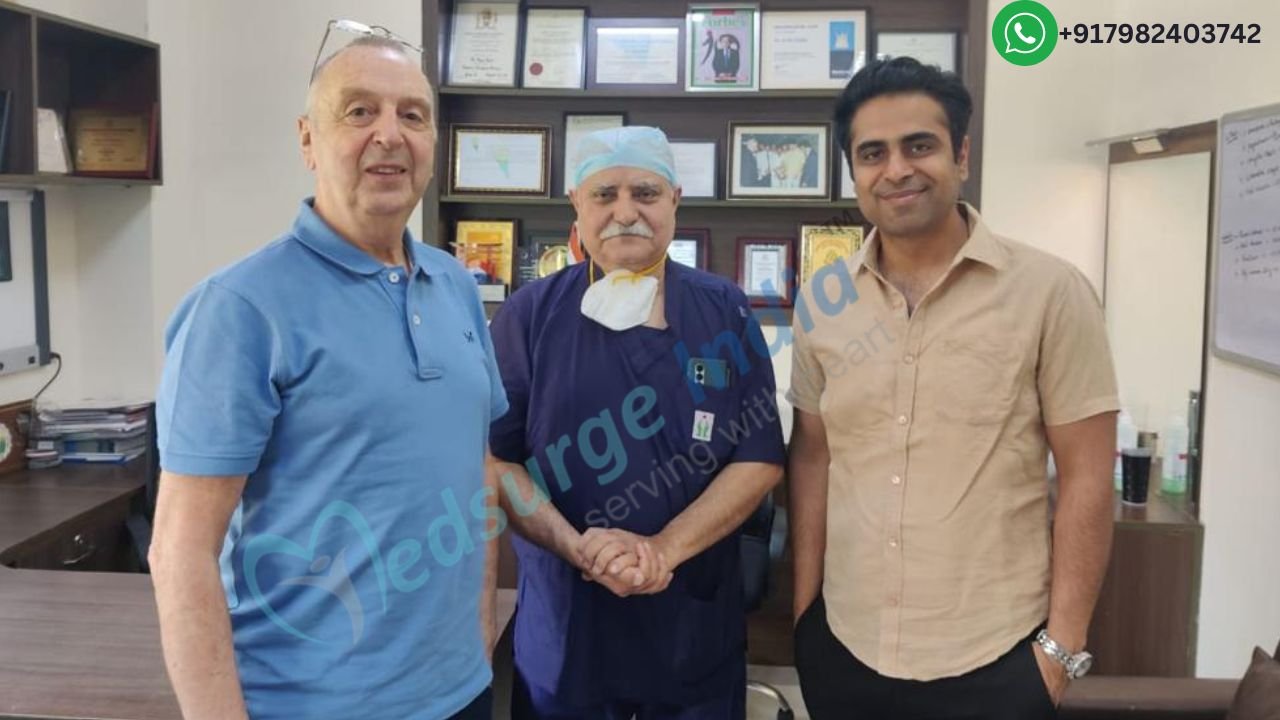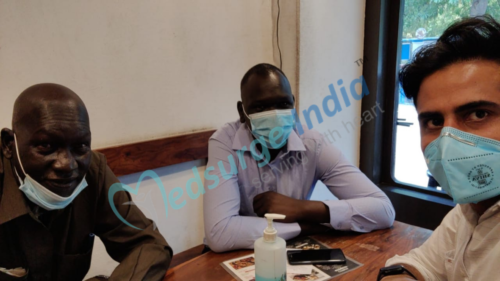
A pacemaker is an electronic device implanted in the chest or abdomen which uses electrical pulses to regulate the heartbeat at a normal pace. Permanent pacemakers are made to adapt to the state of the heart in such away. In the pacemaker, the lowest heart rate is set and if the heart rate drops below the set rate, electric pulses are fired to stimulate quick heartbeats so that it can beat at a regular rate.
There are two forms of pacemakers. Temporary pacemakers are used to treat short-term heart problems such as heart surgery, heart attack, or medicine overdose, that slow down the heartbeat. Permanent pacemakers are used to monitor long-term heart rhythm disorders.
A pacemaker includes:
- A computerized pulse generator for regulating the heartbeat with electrical signals
- One to three leads between the pulse generator and your heart, wires that deliver signals
- Electrodes to assist in signal delivery
- A battery, a battery
The expression for a Permanent Pacemaker
Patients have been urged to have a pacemaker implanted if they suffer from a condition such as:
- With bradycardia (heartbeat slower than normal)
- With tachycardia (heartbeat faster than normal)
- Heart block due to ageing, damage to the heart
- Syndrome of Sick Sinus
- Fibrillation in the atrium
- Heart drugs such as beta-blockers need to be taken
- Fast pulse, fainting or other signs
- Problems of heart muscles
- Syndromes of Long QT
- A disease of the congenital heart
- Transplants of Hearts
Recommended Read: Permanent Pacemaker Procedure
Types of Permanent Pacemakers
The kind of pacemaker you need depends on your condition and your particular heart issue. Three forms exist, namely,
Single Chamber: It has one lead that connects the pulse generator to one heart chamber. Single chamber In one chamber, this is to encourage pacing.
Dual Chamber: on the right side of the heart, the right atrium and the right ventricle, it has two leads leading to both chambers. This helps to control the contraction rate on both sides of the room.
Biventricular Chamber: It has three leads linked to the right atrium and two ventricles, the biventricular chamber. It is used to treat patients with advanced heart failure-induced arrhythmias.
Diagnosis and Tests for Permanent Pacemakers
- Physical review
- Checks for blood
- Electro-cardiogram
- Echocardiogram
- Event and Holter controls
- Study of Electrophysiology
- Test of stress
Get Free Cost Estimation
Procedure
The procedure of Permanent Pacemaker
Before the Surgery
- Your doctor will conduct a physical exam on your body.
- It is important to conduct diagnostic tests
- You can tell your doctor about your medical history along with your allergies and current medicines.
- You may be forced to avoid such drugs, such as blood thinners,
- Ask how to change your insulin or diabetes drug if you have diabetes.
- 8 to 12 hours before the surgery, you will be advised to stop eating and drinking.
- Just small sips of water should be taken with medicine.
- To decrease the risk of infection, the region of implantation may be shaved or washed.
- To receive medicine and antibiotics, an IV line will be inserted into your vein.
During the Surgery
- Local anaesthesia will be given to you so the implantation region will be numb, you will be drowsy, but you will not feel pain.
- The procedure is between 2 and 5 hours long.
- To record the heart rate and blood pressure, an ECG and blood pressure monitor will be used to record
- To carry the wires into your vein, your doctor will insert a large needle into your vein and put them in your heart.
- A small incision will be made for the pacemaker about 5-10 cm below the collar bone, another incision will be made for the pacemaker battery under the skin
- To be transferred to the heart, a lead will be inserted into a nearby vein
- The lead is reviewed and tied to the pacemaker.
- The incision and the dressing made for the wound would be closed.
After the Surgery
- You’ll be in the hospital for at least a night.
- An external computer is used by the doctor to set the pacemaker settings
- The pacemaker is tested so that it normally works
- Your heart rate will be tracked continuously.
- To check the lungs and the locations of the pacemaker and lead, a chest X-Ray will be done to
- In the region where the pacemaker is located, you can experience soreness, swelling or discomfort. Medications for pain may bring relief.
- How to take care of the pacemaker will show you how to
- In order to allow the pacemaker electrodes time to connect themselves within the heart, it is recommended to restrict arm motion, especially on the side of the pacemaker.
- A temporary pacemaker identification card will be issued to you so that you can display it at the airport.
- To ensure the pacemaker works properly, a regular check-up is required.
You may also interested in: PPI-Permanent Pacemaker Implant – Double Chamber Cost in India
Factors affecting the cost of Permanent Pacemaker Implant Single Chamber
The cost is around $3000 for this surgery. Cost rates differ according to factors such as:
- Hospital preference
- Hospital Position
- Fee from Surgeon
- Health treatment
- Hospital stay period
- Diagnostic evaluations
The Most Important Frequently Asked Questions
Q: Who wants a pacemaker that is permanent?
A: Most patients in need of a pacemaker suffer from conditions such as arrhythmias that make the heart rhythm irregular.
Q: How does it operate?
A: A pacemaker is a battery-operated system that if found to be too slow or too fast, responds to the body’s movement or breathing rate by using electrical pulses to normalize heart rhythms.
Q: How long will the procedure last?
A: It lasts for about 2 to 5 hours.
Q: Is the treatment a painful one?
A: Local anesthesia will be given to you, so you’ll be numb to the pain and feel drowsy. You may feel soreness, swelling, or pain after the surgery. In order to relieve the after-effects, medicines are available.
Q: Can my quality of life be increased by using a pacemaker?
A: Pacemaker will help you feel better, and the previous symptoms will vanish, such as fainting, dizziness, etc. This is going to help you have a normal life and live longer.
Q: How long does it last with a pacemaker?
A: The majority of pacemakers last 8 to 10 years or so. After this, a replacement will be needed for the battery and/or wires. A minor procedure will be conducted for this purpose.
Q: Are there any measures I can take to be a patient with a pacemaker?
A: You should be aware that near or prolonged contact with electrical devices or those with strong magnetic fields can interfere with your pacemakers, such as cell phones, MP 3 players, household appliances such as microwaves, metal detectors, electrical generators, high-voltage wires, and industrial welders.
Top Hospitals for Permanent Pacemaker Implant in India
Top Doctors for Cardiology And Cardiac Surgery
Dr. Sujit Jana
Senior Consultant
Experience: 17 years of experience
Reliance Hospitals, Navi Mumbai
Mumbai, India
Dr. Niraj Kumar
Senior Consultant
Experience: 15 years of experience
Max Super Specialty Hospital Gurgaon
Gurgaon, India
Dr. Sandeep Singh
Director
Experience: 25 years of experience
Max Super Speciality hospital, Shalimar Bagh, New Delhi
NewDelhi, India
Dr. Sanjeev S Mukherjee
Consultant
Experience: 20 years of experience
Medica Superspecialty Hospital
Kolkata, India
Dr. Sanjiban Ghosh
Senior Consultant
Experience: 11+ years of experience
Narayana Superspeciality Hospital, Shibpur, Howrah
Howrah, India
Dr. Ranjit Mukherjee
Experience: 7+ years of experience
NH Rabindranath Tagore International Institute of Cardiac Sciences, Kolkata
Kolkata, India
Dr. (Col.) Manjinder Singh Sandhu
Senior Consultant MBBS, MD, DM, DNB
Experience: 28 years of experience
Gurgaon, India
Dr. Biju Sivam Pillai
Director
Experience: 14 years of experience
Max Super Speciality Hospital, Patparganj, New Delhi
Faridabad, India
Dr. Kalyan Das
Consultant
Experience: 11 years of experience
Ruby General Hospital, Kolkata
Kolkata, India
Dr. Alluri Raja Gopala Raju
Consultant
Experience: 52 years of experience
Care Hospitals, Banjara Hills, Hyderabad
Hyderabad, India
Dr. Narayan Bhat M
Senior Consultant
Experience: 27+ years of experience
KMC Hospital, Hampankatta, Mangaluru
Mangaluru, India
Dr. Sanjeev Chaudhary
Senior Consultant
Experience: 13 years of experience
Marengo Asia Hospitals Formerly W Pratiksha Hospital, Gurgaon
Gurgaon, India
More Searches Related to Permanent Pacemaker Implant Cost in India
Latest Blog Links
- What can you do to treat Coronary Artery Disease without Surgery?
- Facts about Liver Cirrhosis Treatment in India
- What Kind of Exercise Are Good For Brain Health?
- How Workout Improves Your Mental Health?
- All You Need to Know About Breast Cancer Treatment in India
- How long does it take to recover from Knee Replacement Surgery?
- How Diabetes Can Be Responsible for Kidney Disorders?
- 3 Reasons Why People Should Travel to India For Medical Reasons




